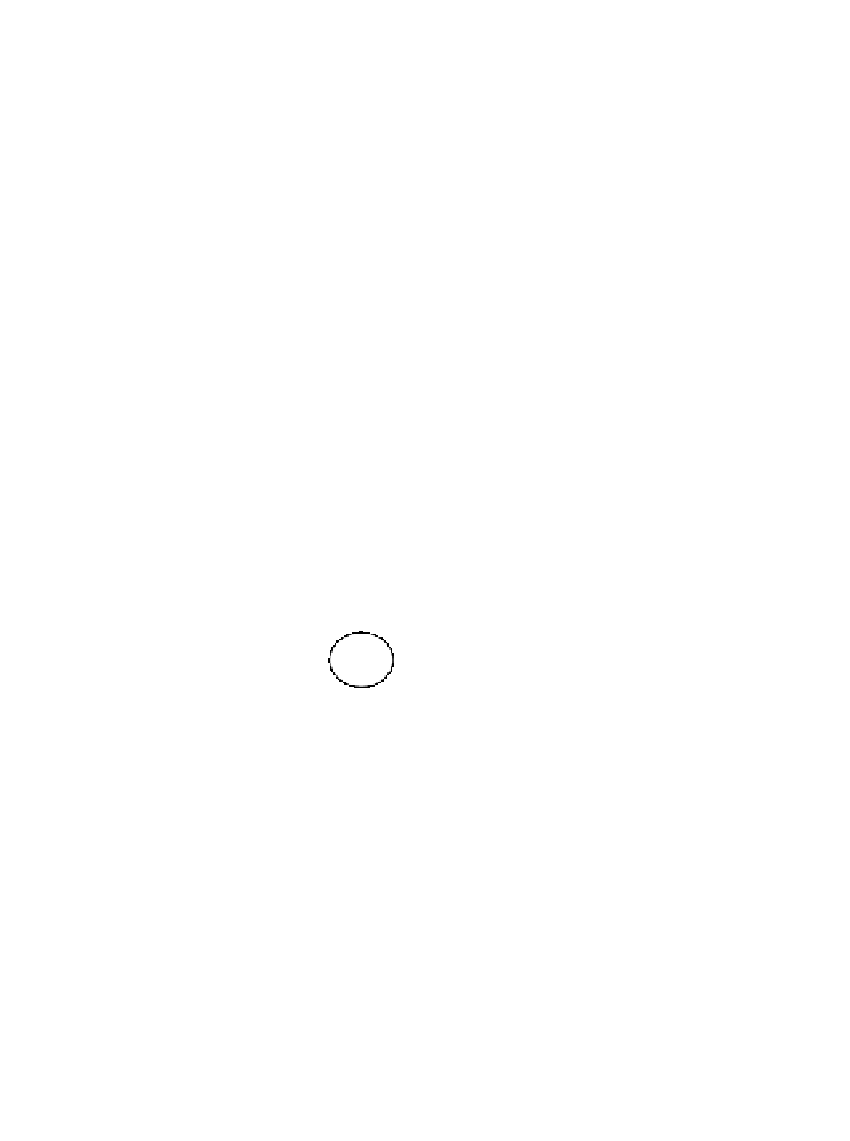Java Reference
In-Depth Information
Above, we show array
b
as an object, assuming that some values have been
assigned to its elements: Row
0
consists of the values
{2, 5, 4}
; row
1
, the val-
ues
{1, 4, 8}
.
The number
2
within the first pair of brackets of the new-expression on the
second line means that the array has two rows, numbered
0
and
1
. The number
3
within the second pair of brackets means that the array has three columns, num-
bered
0
,
1
, and
2
. Since the base type is
int
, each element is initialized to
0
.
The type, or class, of
b
is
int
[][]
, so
b
contains either
null
or the name of
an object of this type. A value of type
int
[][]
is an object that is a two-dimen-
sional array of
int
elements.
In general, any type (or class) may be used in place of
int
, and this type is
the type of the array elements. It is the
base type
. Further, any
int
expression that
yields a nonnegative number can be used between a pair of brackets; the expres-
sion within the first bracket pair gives the number of rows; the expression with-
in the second bracket pair gives the number of columns.
Referencing an array element
The notation b[1][2] references the element in row 1 column 2 of two-
dimensional array b. This is actually a variable, called a subscripted variable, so
it could be used in the left of an assignment to change the element. For example,
with b as shown above, the assignment statement:
b[1][2]= b[0][0] + 1;
changes array
b
to this:
a0
2 5 4
1 4 3
b
a0
In mathematics, the notation
b
r,c
would be used to reference the element,
and many programming languages use the notation
b[r, c]
. Java has a reason
for using the notation
b[r][c]
, which will become clear in Sec. 9.3.
In an array-element reference like
b[r][c]
,
r
and
c
must satisfy:
0≤r<(
number of rows in
b)
0≤c<(
number of columns in row
r
of
b)
Referencing the number of rows and columns of b
The number of rows of rectangular array
b
is given by the expression
b.length
. The number of columns in row
i
of
b
is given by
b[i].length
.
Actually, since the array is rectangular, so that all rows have the same number of
columns, the number of columns in any row is given by the expression
b[0].length
. However, in Java, we prefer to reference the number of columns
in row
i
using
b[i].length
.


Search WWH ::

Custom Search